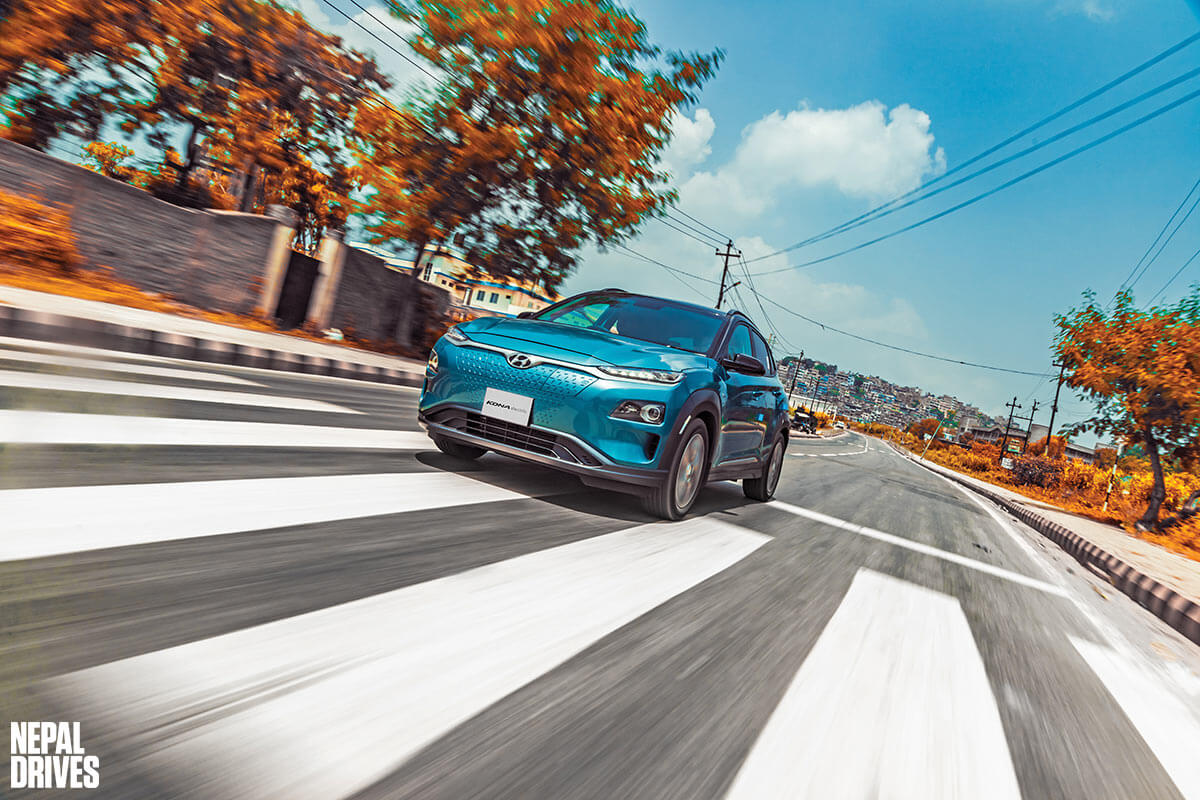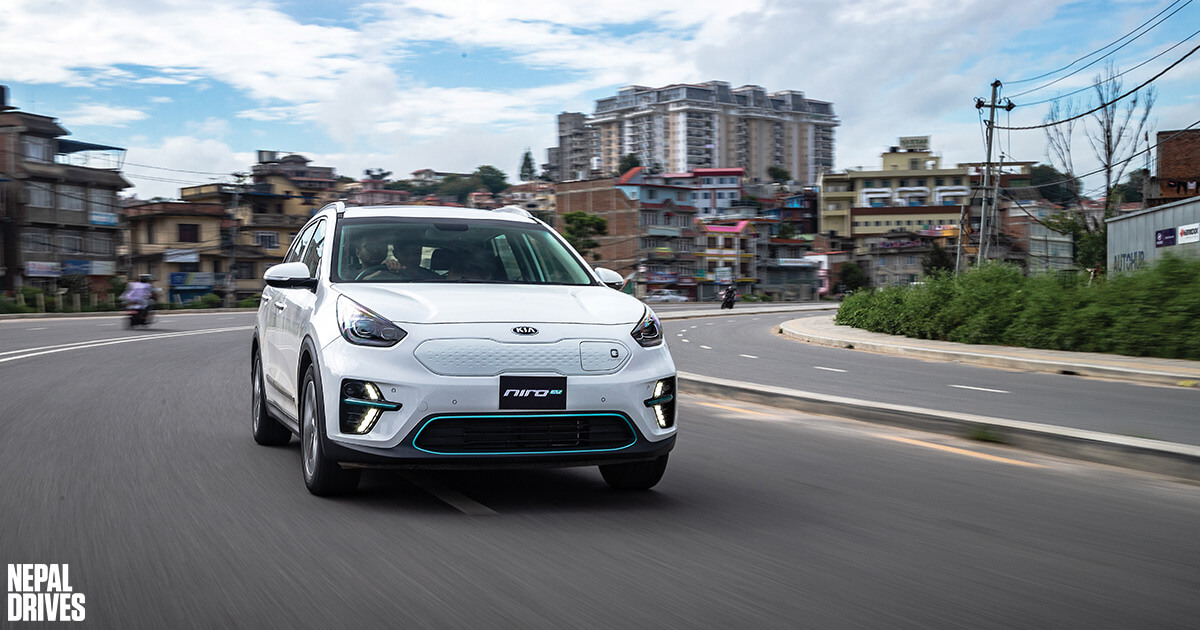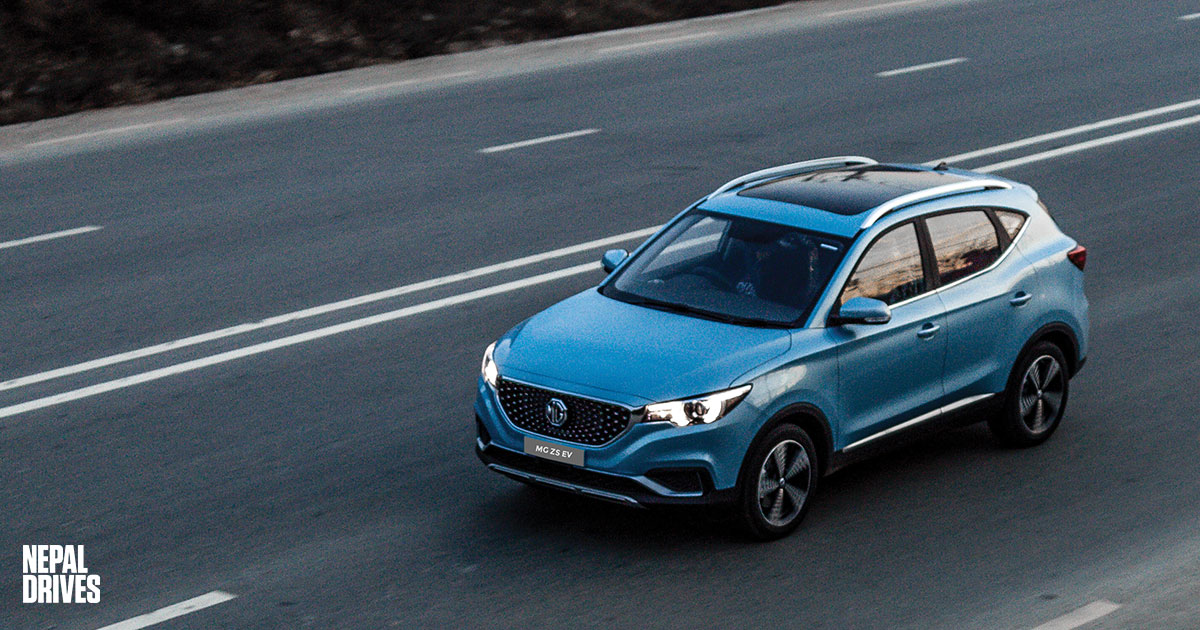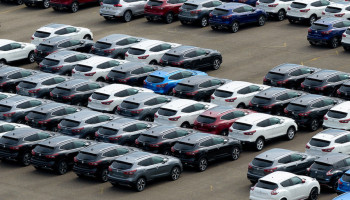The onus is clearly on the government to provide a convincing justification for such a shocking measure because this is a ‘slap in the face’ to consumers and businesses who have already decided to go electric.According to the new budget, the excise duty on electric cars has now been raised to 40-80% depending upon their peak power. Electric cars with peak power ranging between 50-100kW will now have to bear an excise duty of 40%, 50% if it's between 100-150kW, and 60% for 150-200kW. Earlier it was only 10% regardless of the peak output. And, to make matters worse, the government has slapped an extra 80% customs duty. However, the government will reimburse 50% of the 80% customs duty. And, this will further be subjected to 13% VAT and a 5% road toll.

2020 Hyundai Ioniq Electric (Pre-budget price - Rs 55,96,000) (Review here)Until now, electric cars had to pay only ~28% in total taxes. Now, it has been increased to a massive 120-140%. Although the dealers are yet to take their call on the new pricing, it is rumored that the prices can see a two-three-fold increase. The retail price of conventional petrol and diesel cars reaches up to 261% above the cost price. The onus is clearly on the government to provide a convincing justification for such a shocking measure because this is a ‘slap in the face’ to consumers and businesses who have already decided to go electric.For example,Let’s assume the price of an EV is Rs 5500000.Now, according to the new budget, the price will be subjected to
- 40% customs duty (The customs duty is 80% but the government rebates 50%)
- Now, add the excise duty of 50% (Electric cars with peak power ranging between 50-100kW will bear an excise duty of 40%, 50% if it’s between 100-150kW, and 60% for 150-200kW)

Hyundai Kona Electric (Pre-budget price - Rs 55,96,000- Rs 65,96,000) (Review here)
Though the EV segment is still at a nascent stage, its market share was projected to rise exponentially in the coming decade. The low cost of ownership and subsidies from the government made a strong case for EV importers in Nepal. This was further complemented by the government’s willingness to set up charging infrastructure across the public spectrum. Although these short-term policies accelerated the adoption of EVs, the government’s failure to devise a long-term strategy to solve the revenue and taxation issues has left a lot to be desired by this sector.With the new budget, it seems that these development dreams will have to be shelved. It is almost equally certain that most of the effort rallied towards creating better infrastructure for electric vehicles in Nepal will also take the back seat.This is especially disheartening because it effectively brings the progress of electric vehicles in Nepal to a screeching halt. The increase in the purchase of premium electric vehicles by the public had definitely indicated the possibilities of the general public accepting electric vehicles as their primary mode of transportation. In the long run, and assuming that the infrastructure required would be established, the adoption of electric vehicles would nudge the Nepalese community towards a cleaner and greener tomorrow.

Kia Niro EV (Pre-budget price - Rs 66,90,000) (Review here)
And with the automotive world making leaps in progress in R&D, it looked like electric vehicles were definitely set out to become a sustainable alternative to conventional fossil fuel-driven vehicles. However, with the new budget, it seems that these development dreams will have to be shelved. It is almost equally certain that most of the effort rallied towards creating better infrastructure for electric vehicles in Nepal will also take the back seat.The government’s decision could be the result of several factors. On one hand, you are faced with the dilemma of decreasing tax revenue and on the other hand, you want to encourage EVs for a cleaner future. There is a clear dichotomy between what the government said it would do and what the government actually did.
MG ZS EV (Pre-budget price - Rs 49,99,000) (Review here)Did the rise of electric cars threaten the fuel excise revenues or did the government fall victim to extensive lobbying? A conundrum which we are obliged to acquiesce. Regardless of the current situation, we are definitely still hopeful that the future holds better potential for electric vehicles in Nepal. There is no question of where the automotive world is headed, and the importance of a sustainable future is still of paramount importance. One can only hope that our country manages to play a protagonist role in this paradigm shift.
















